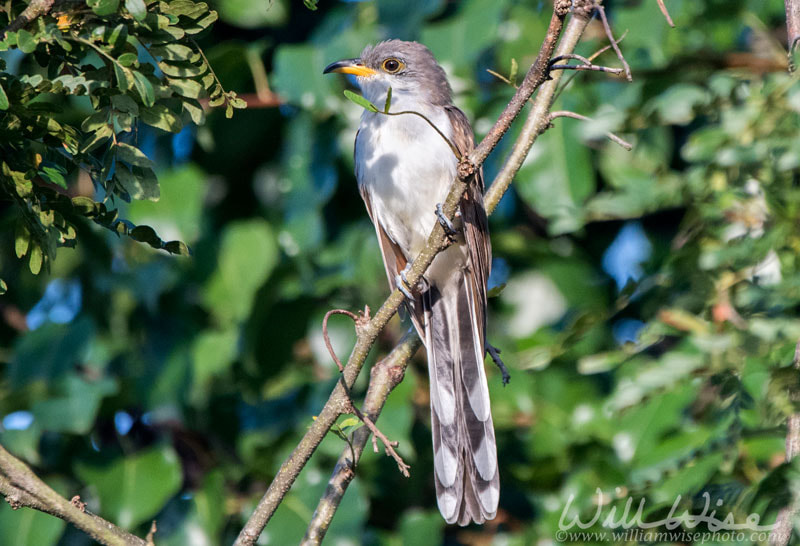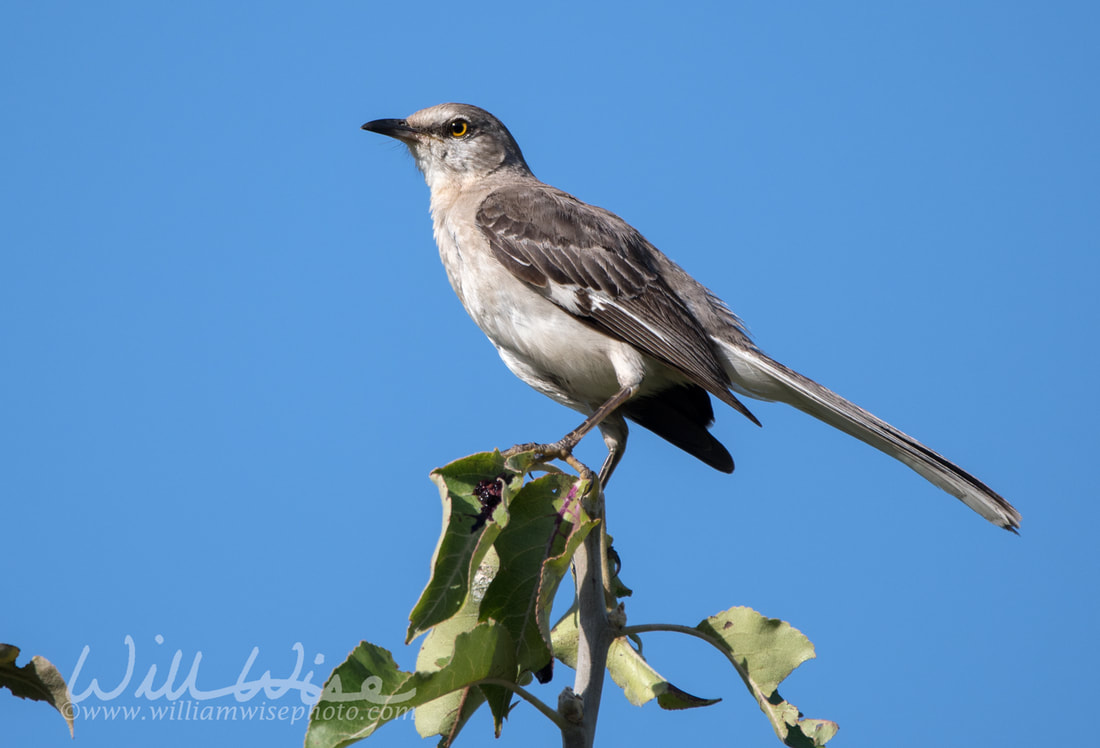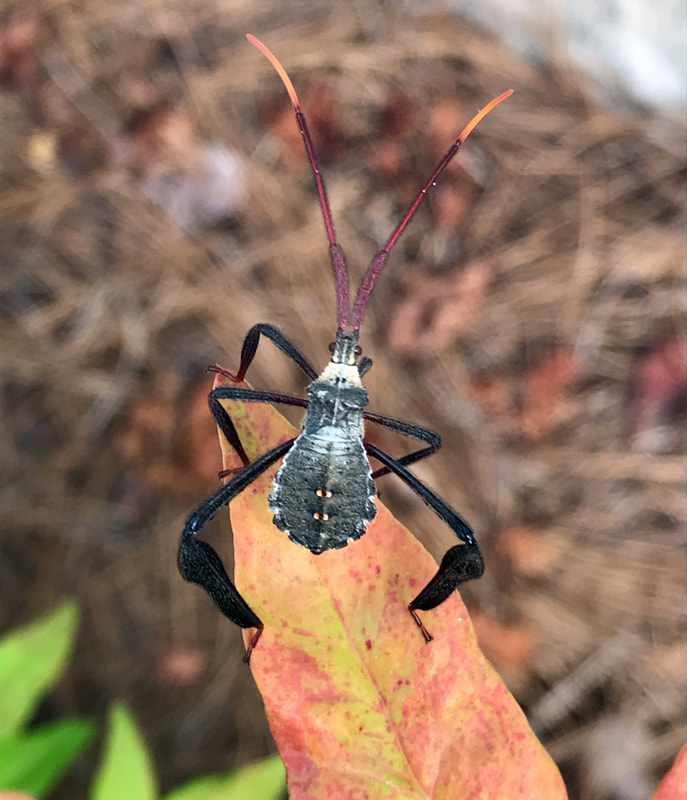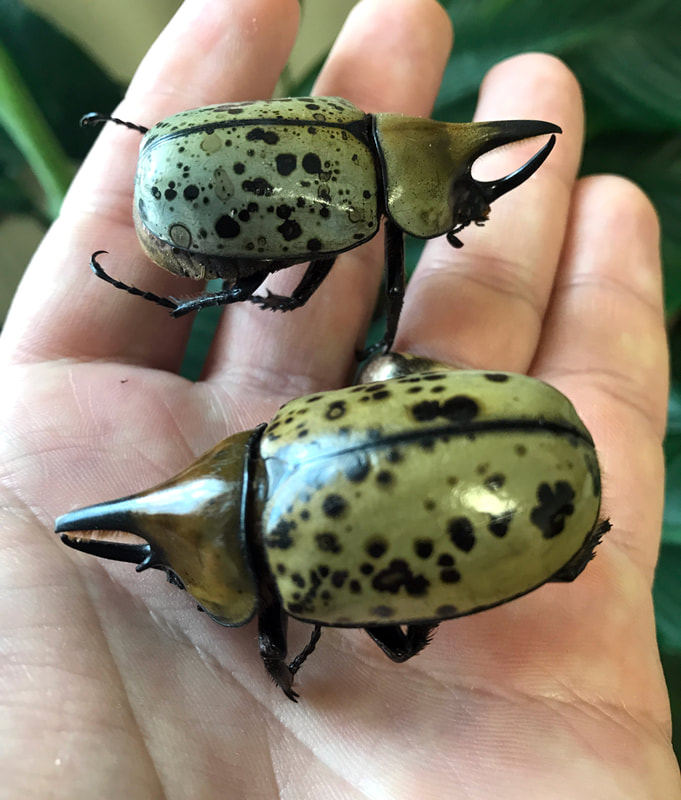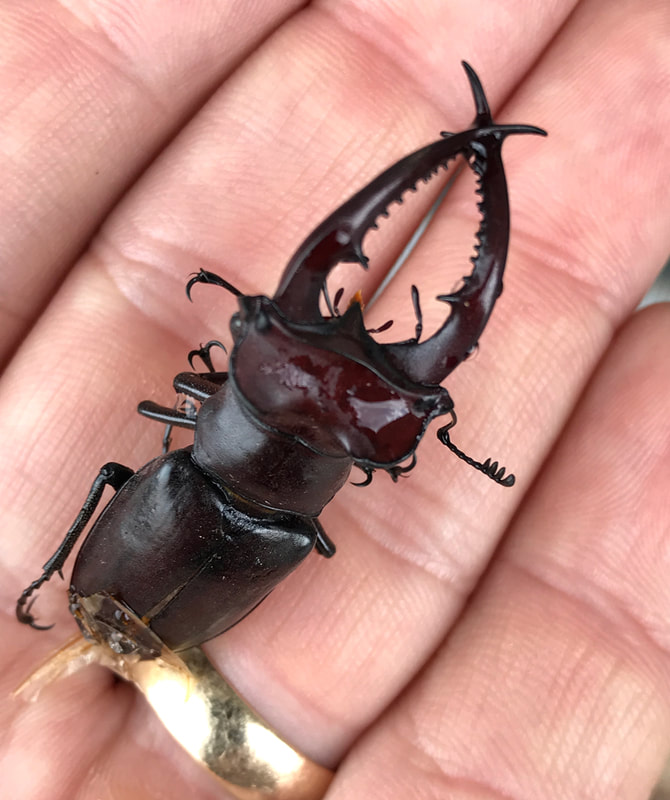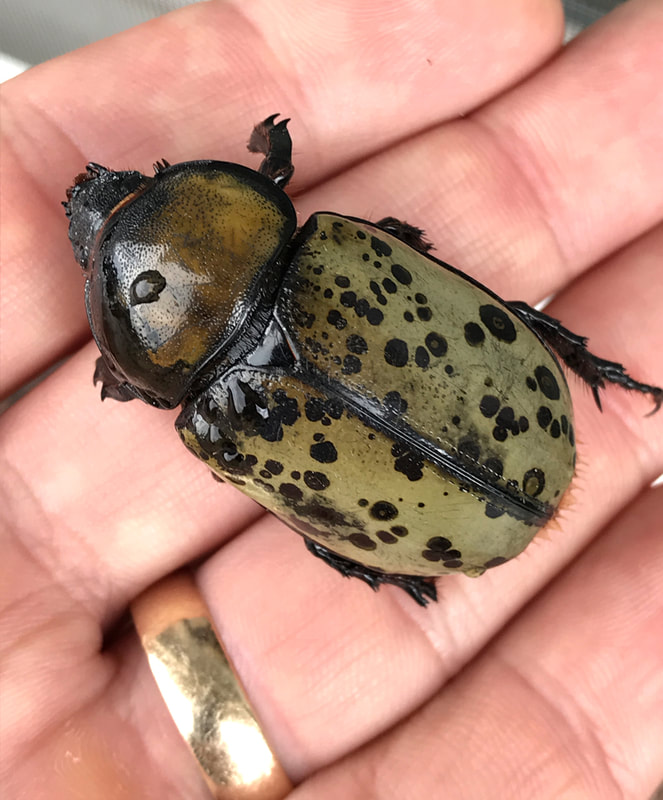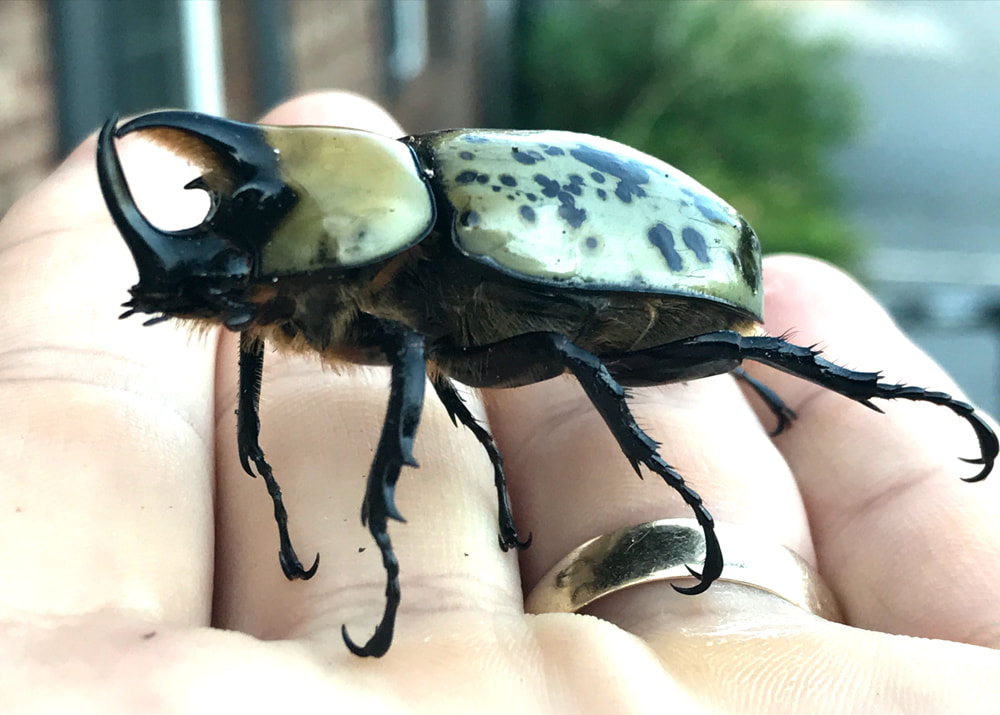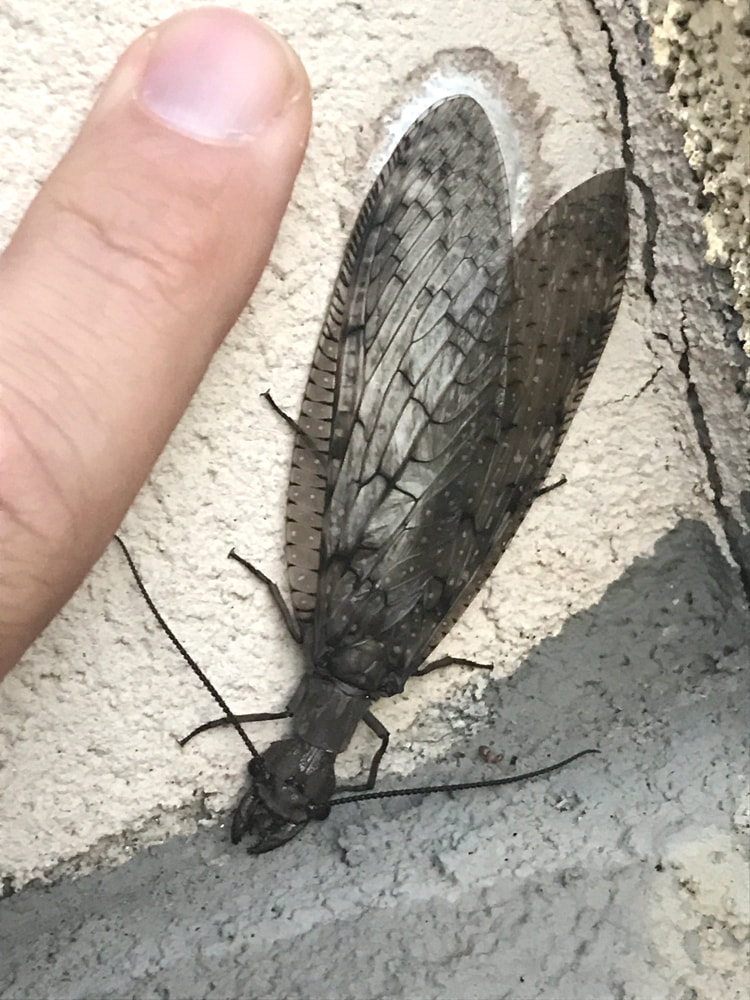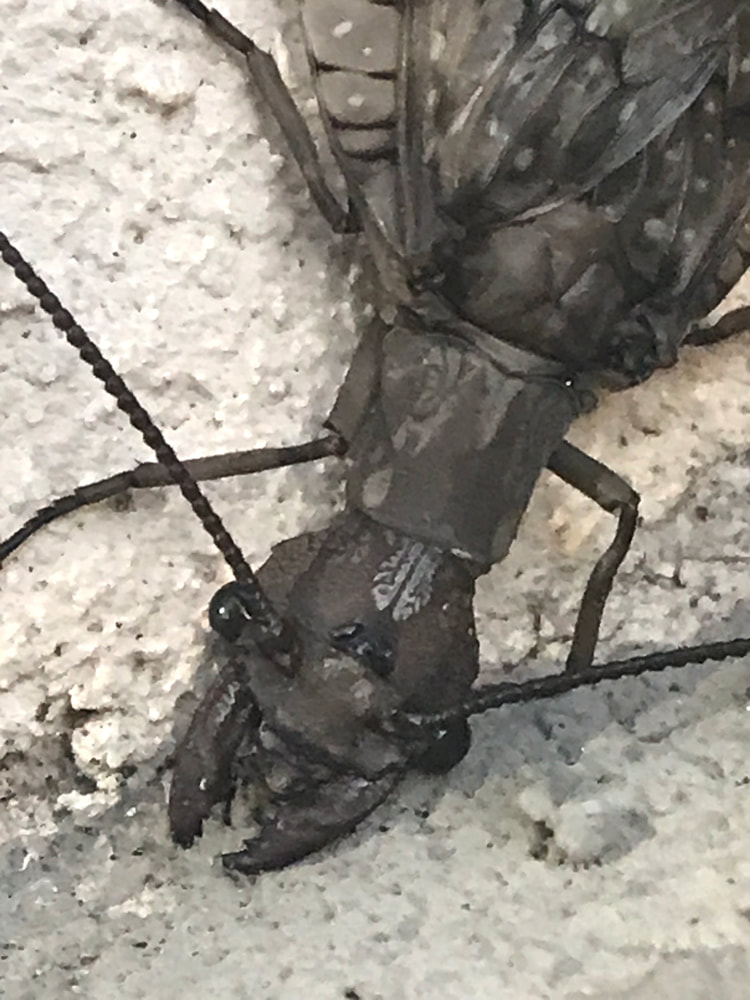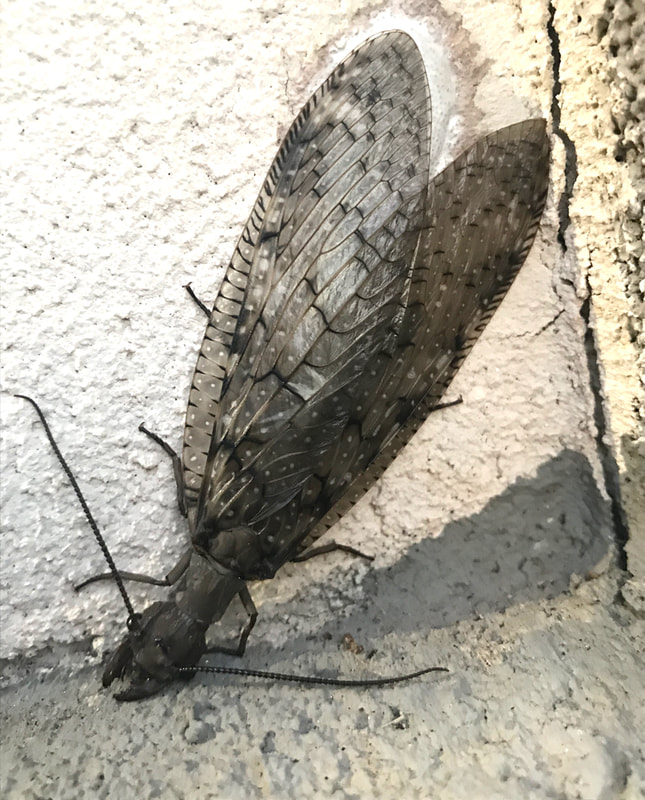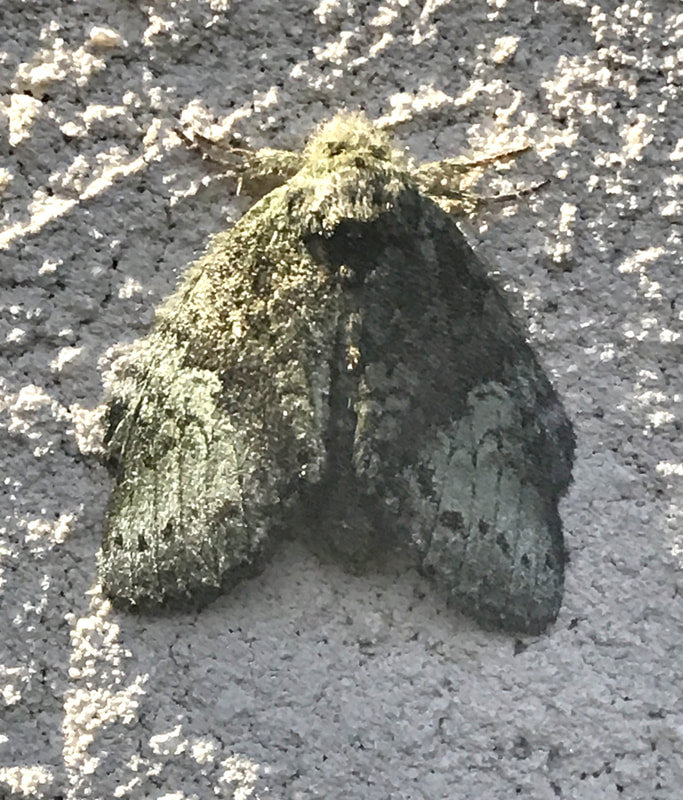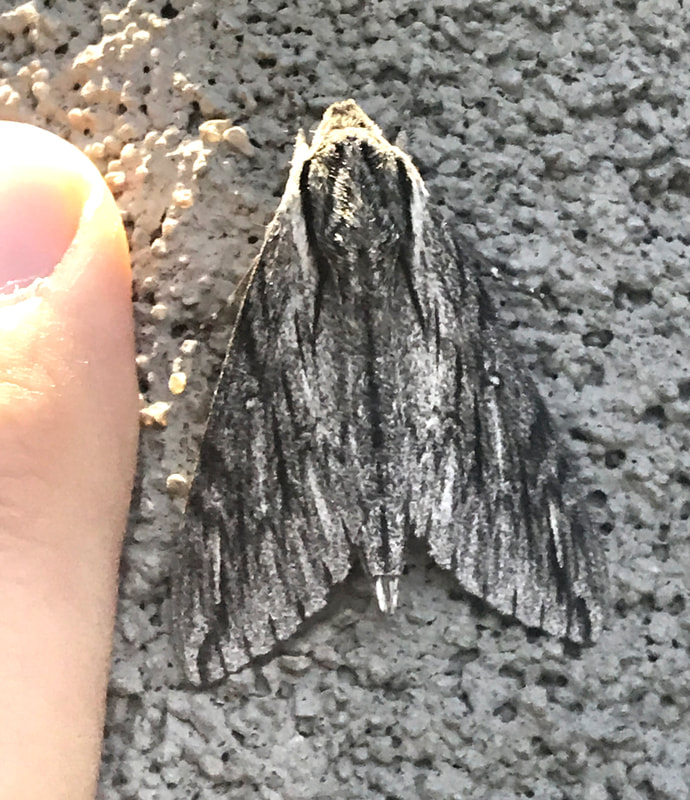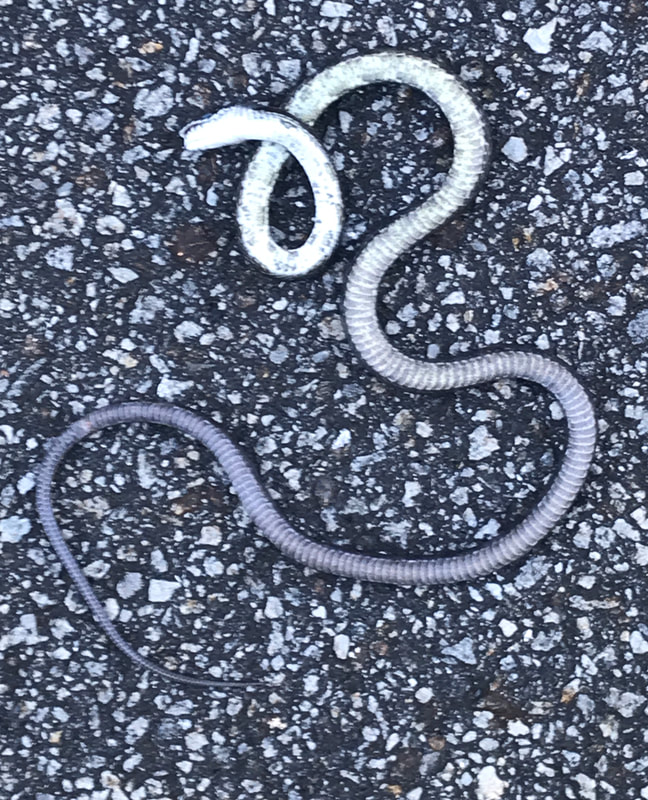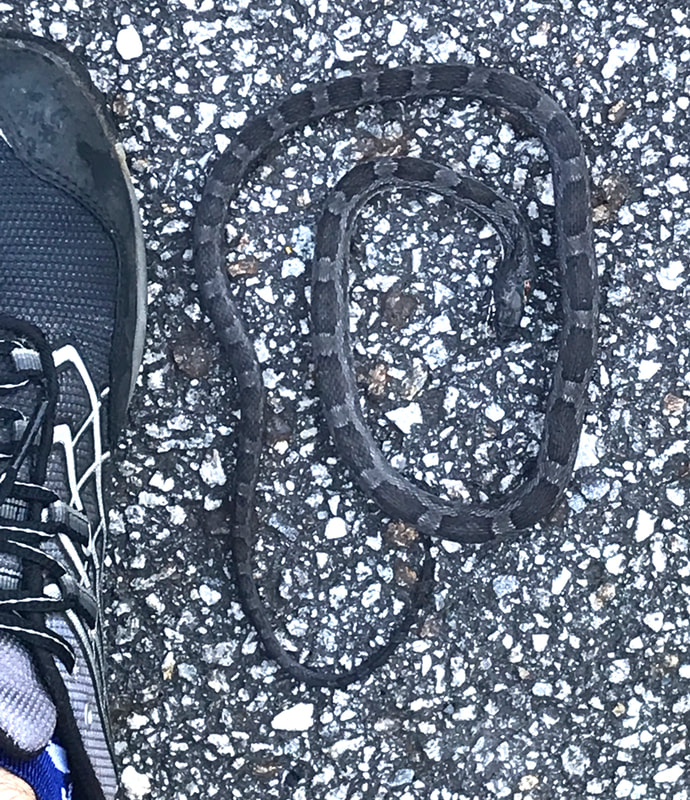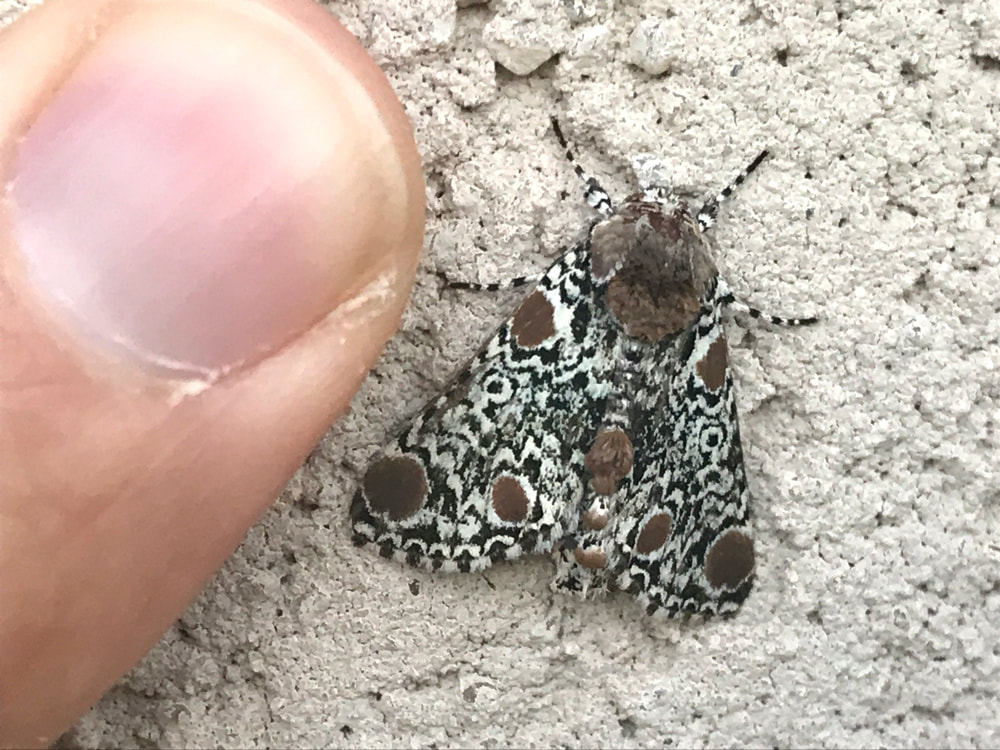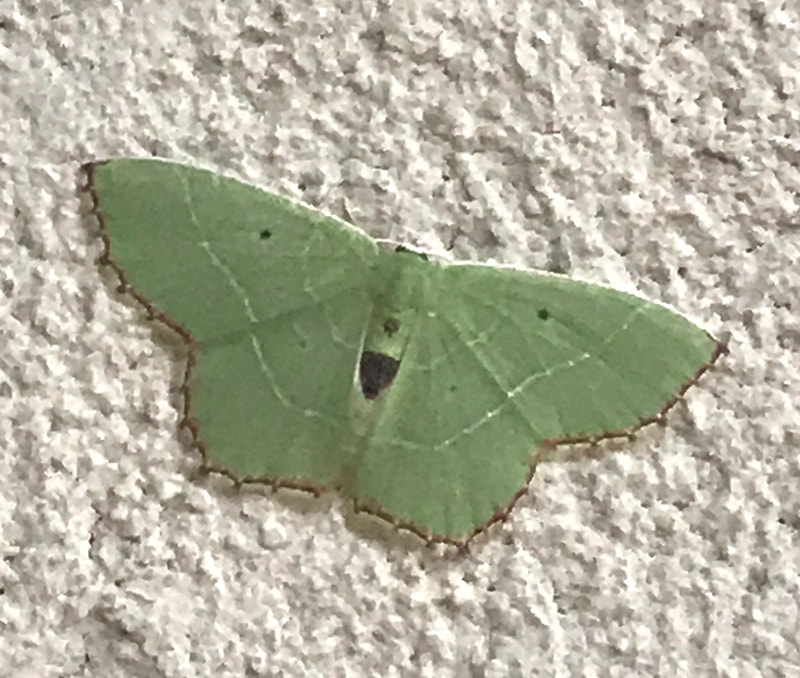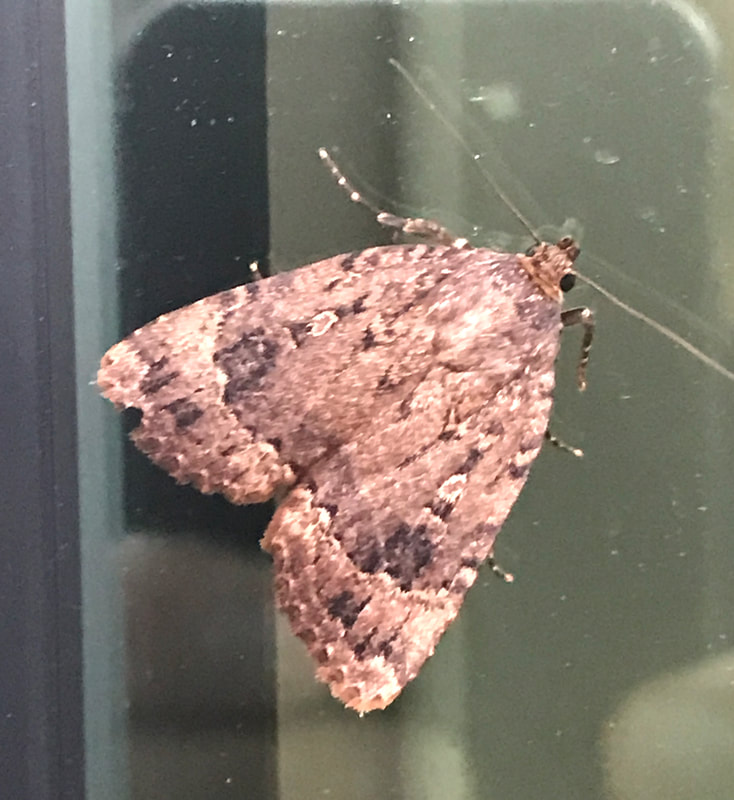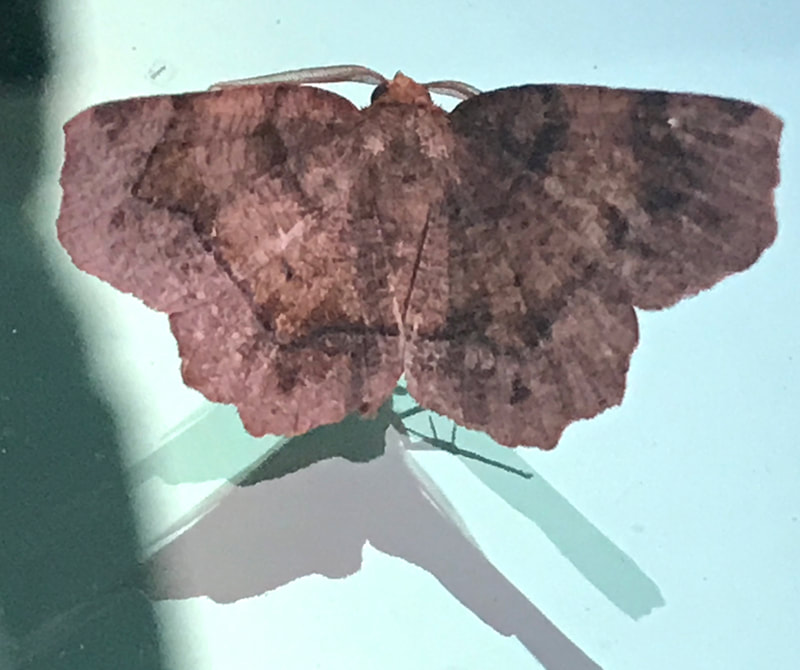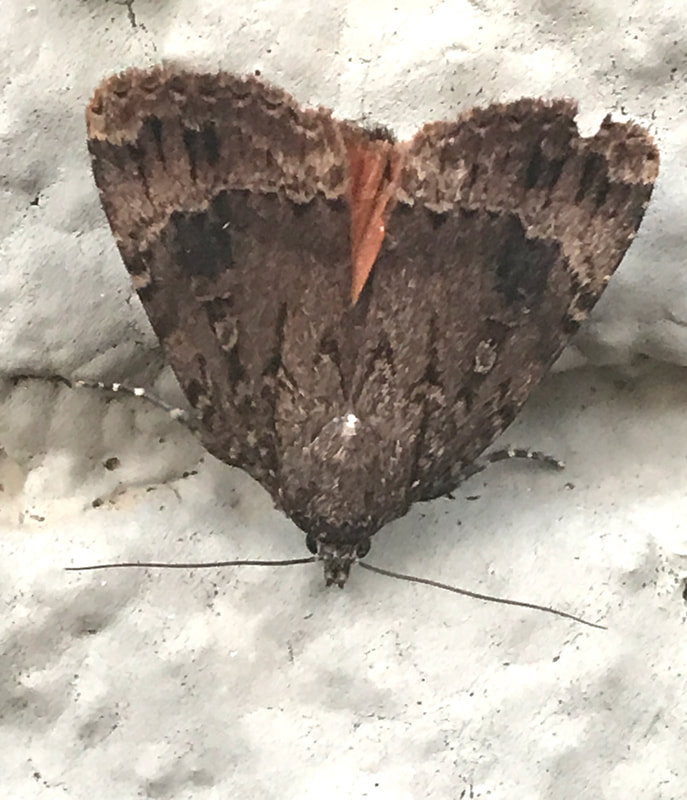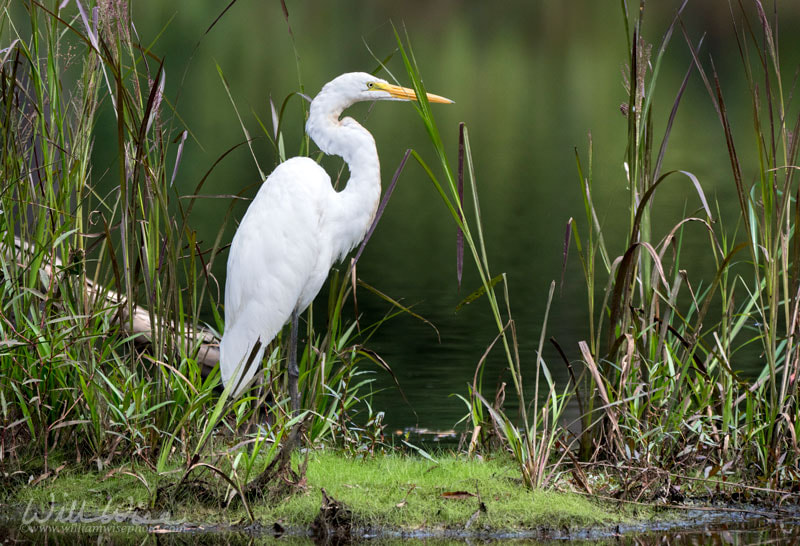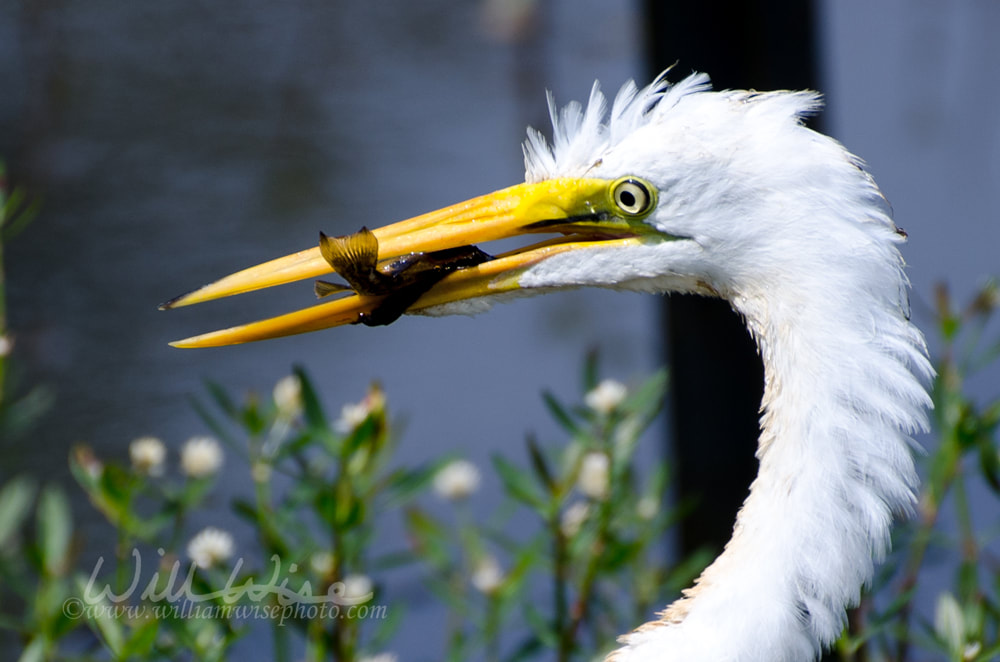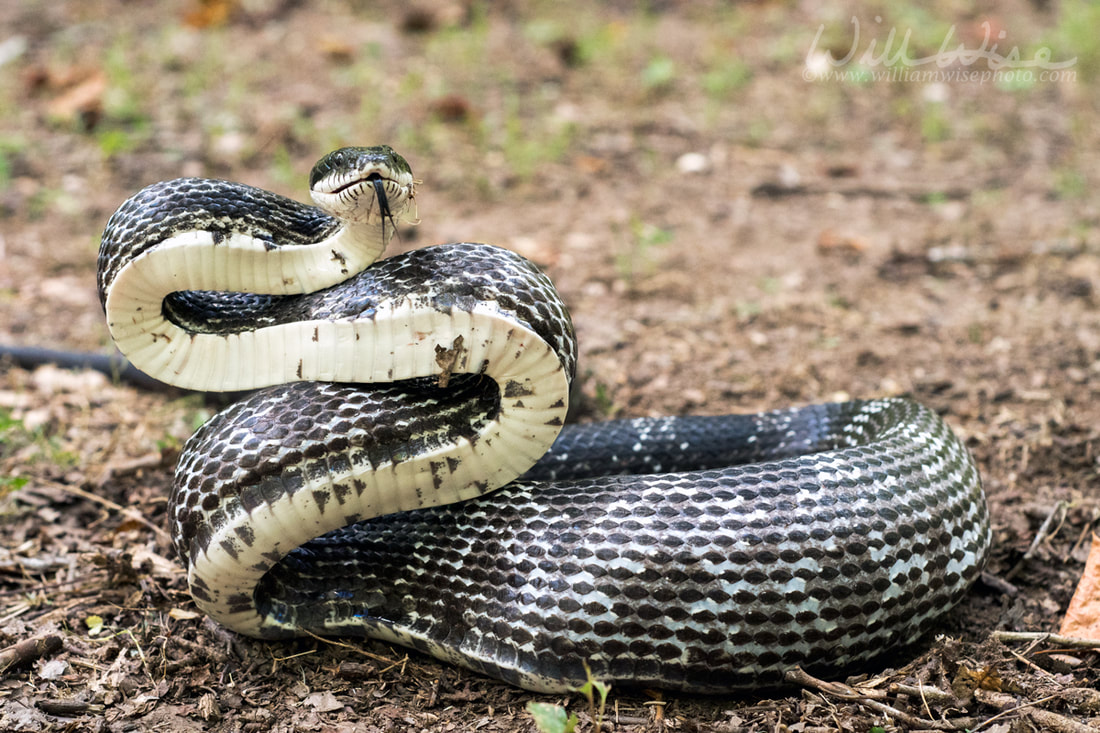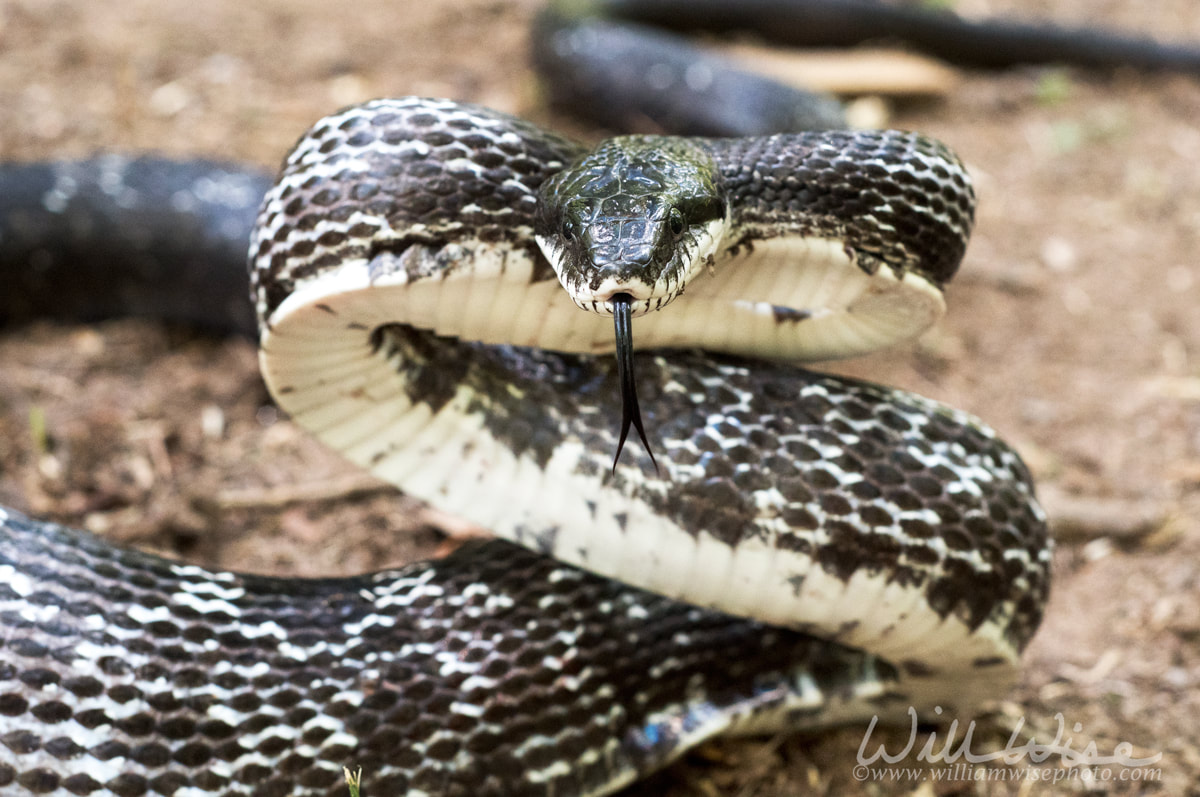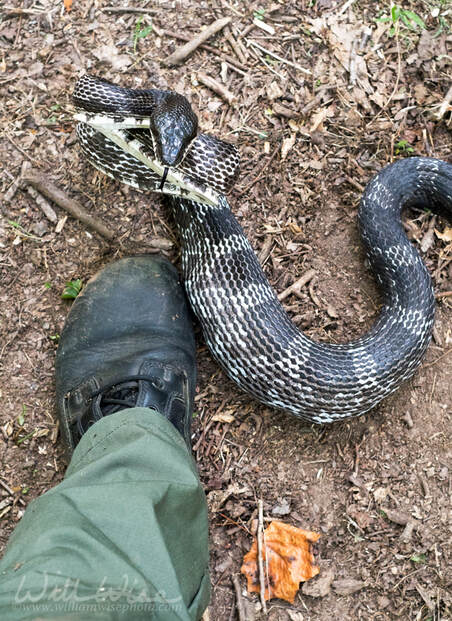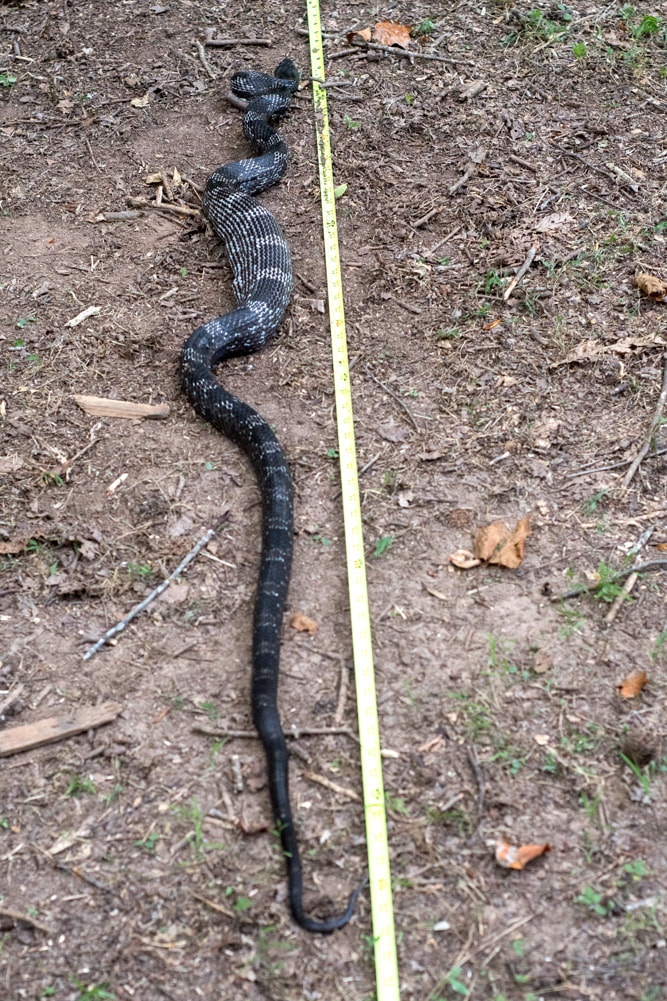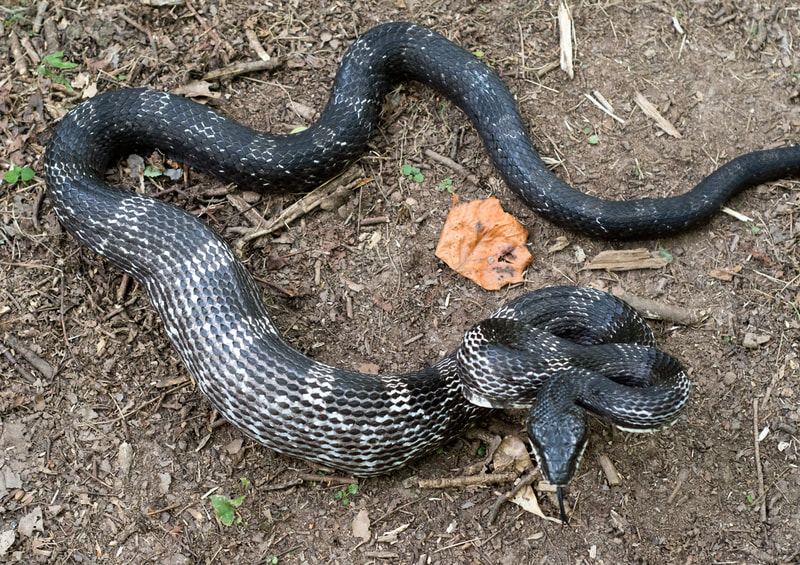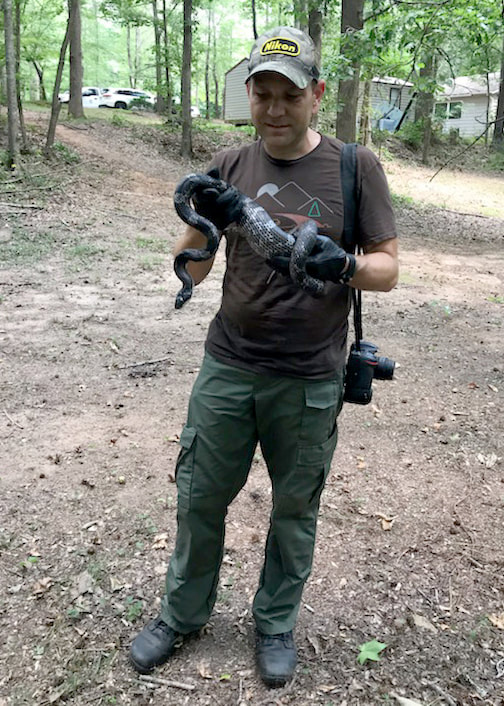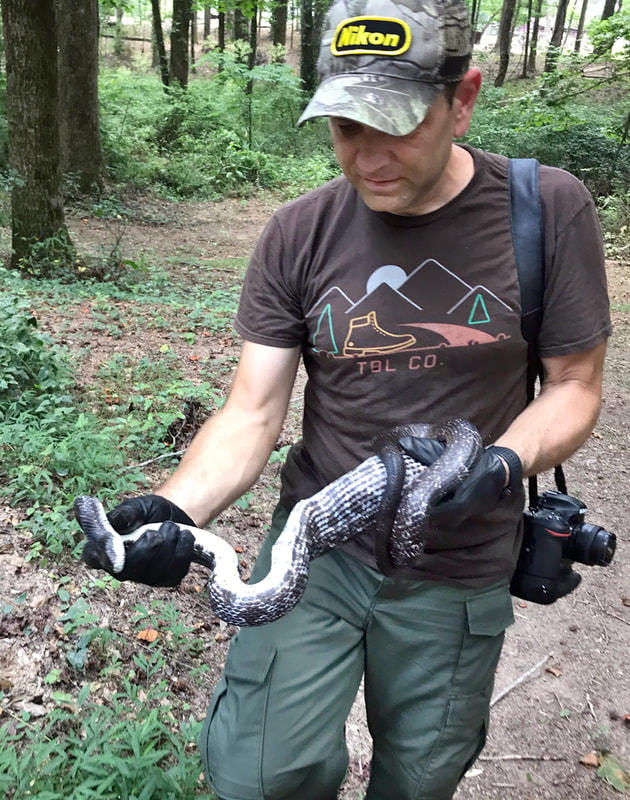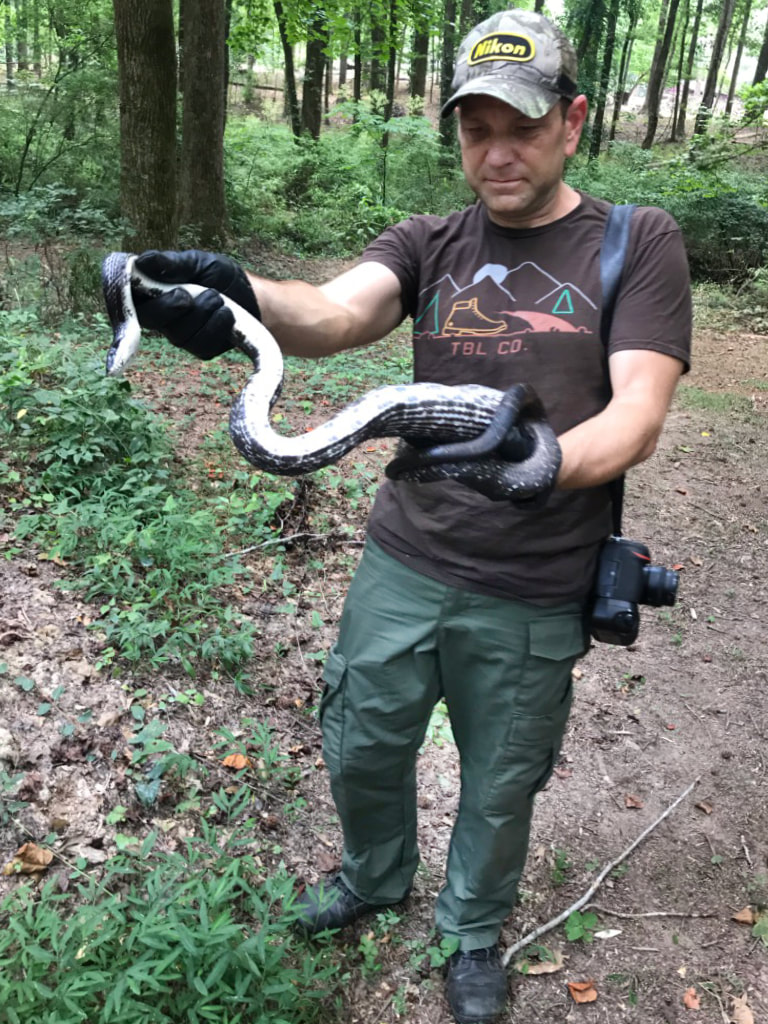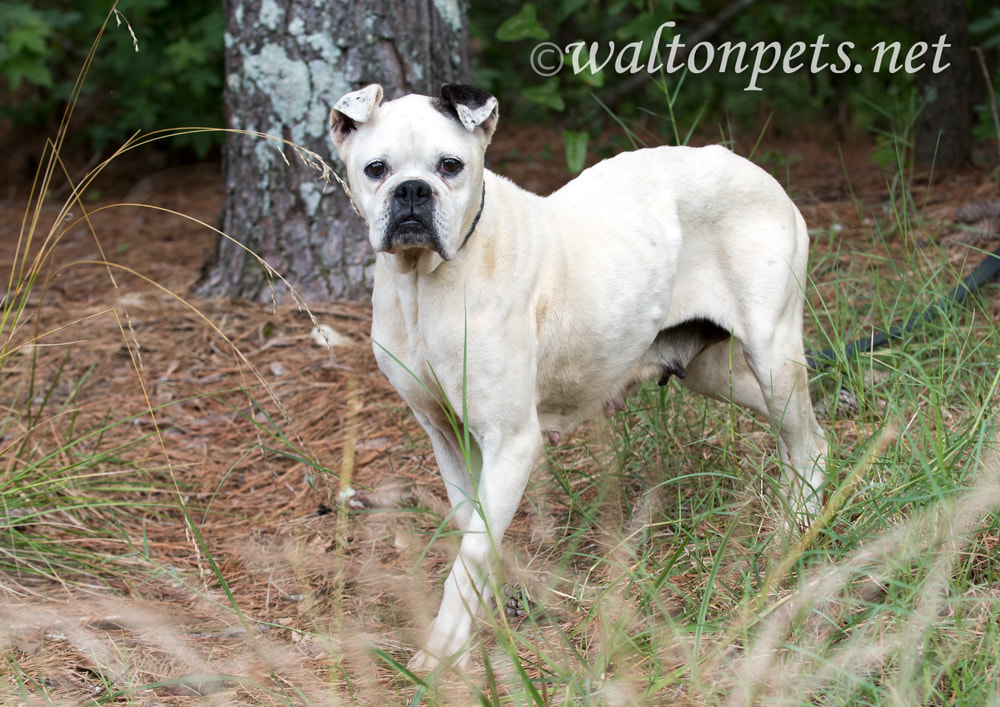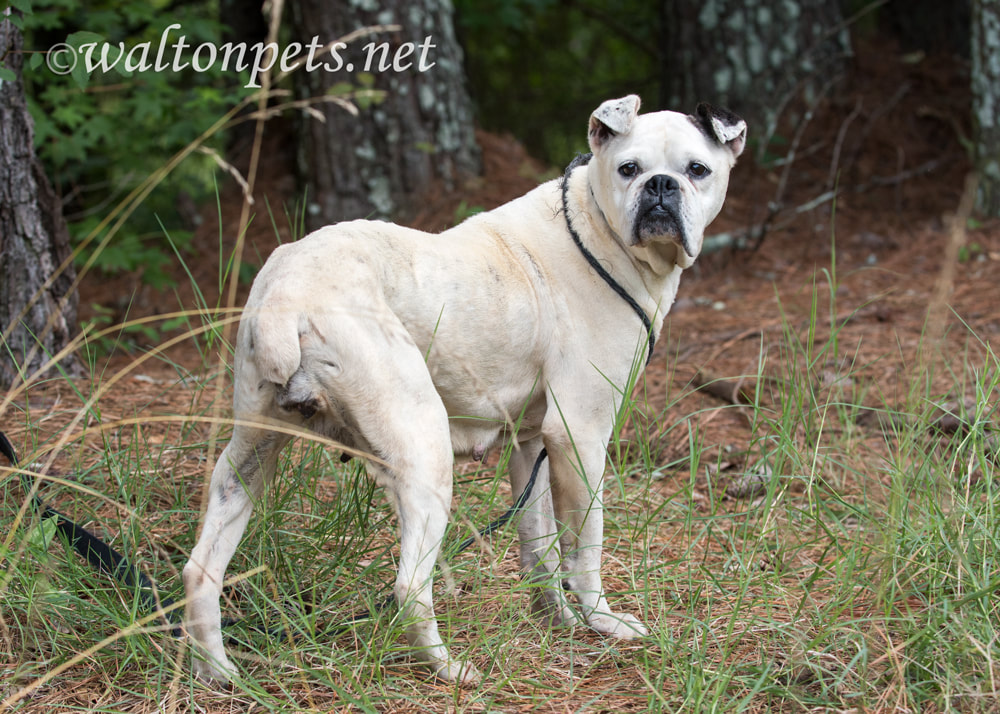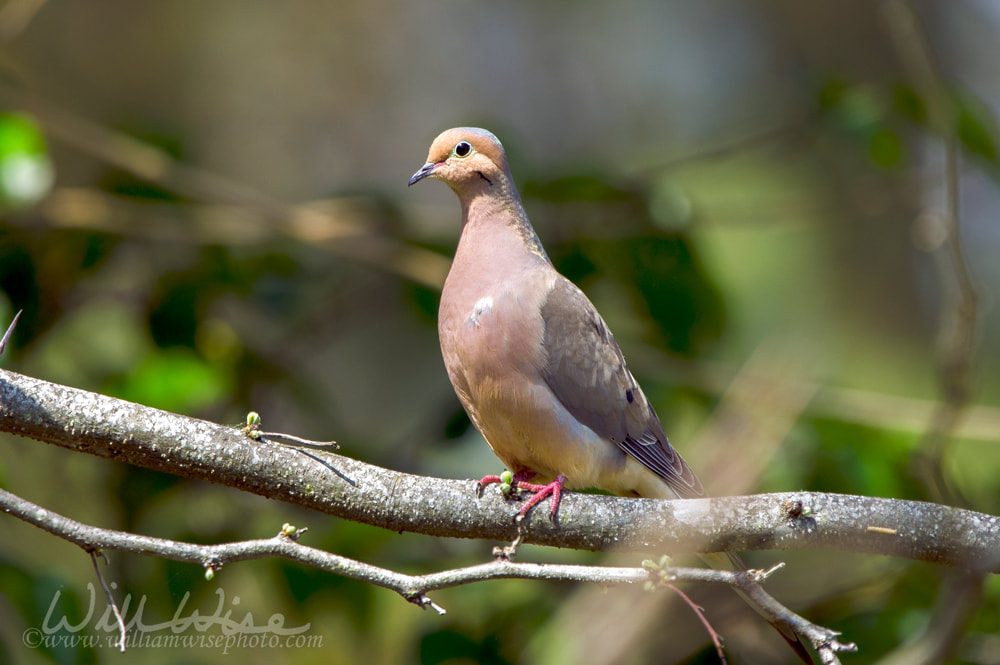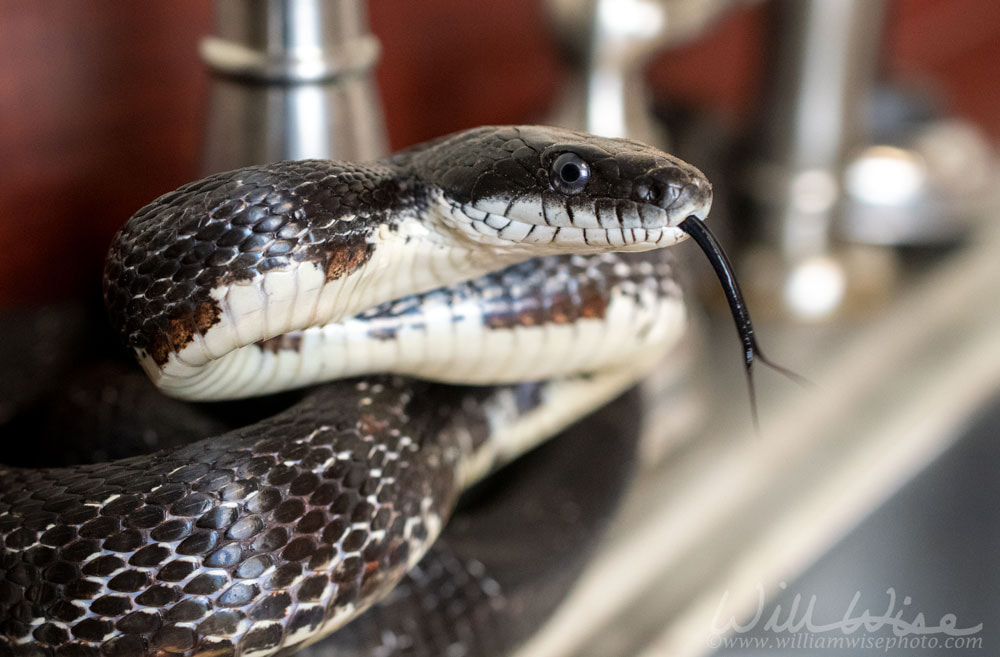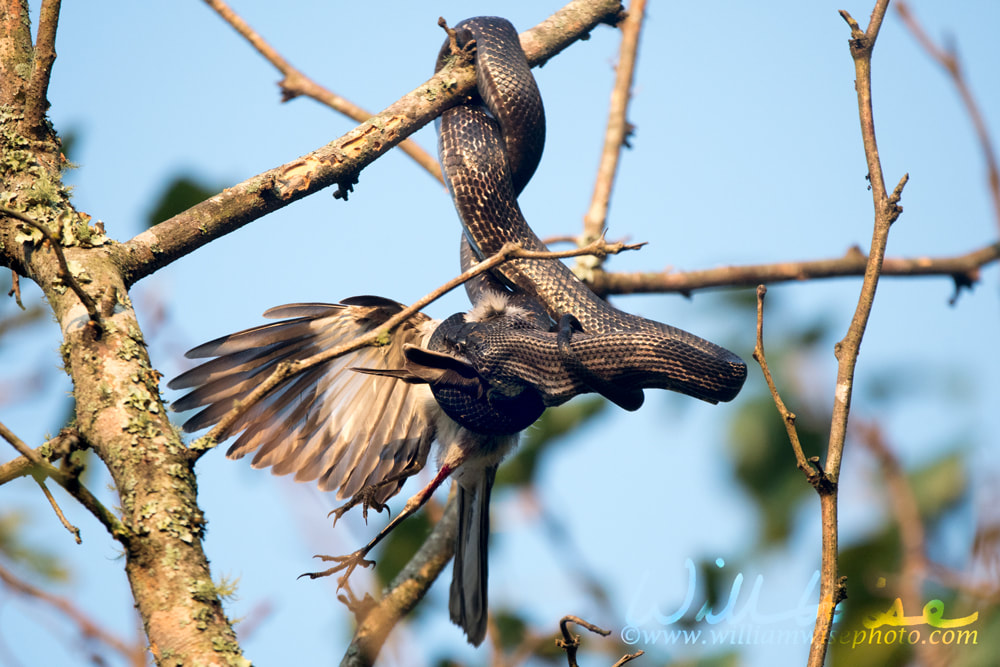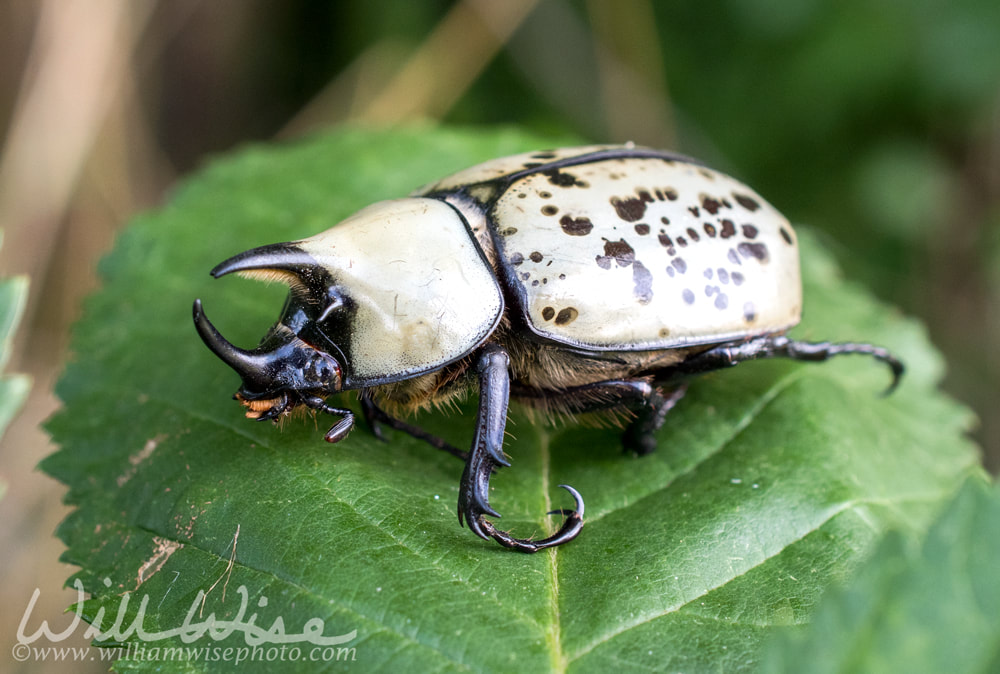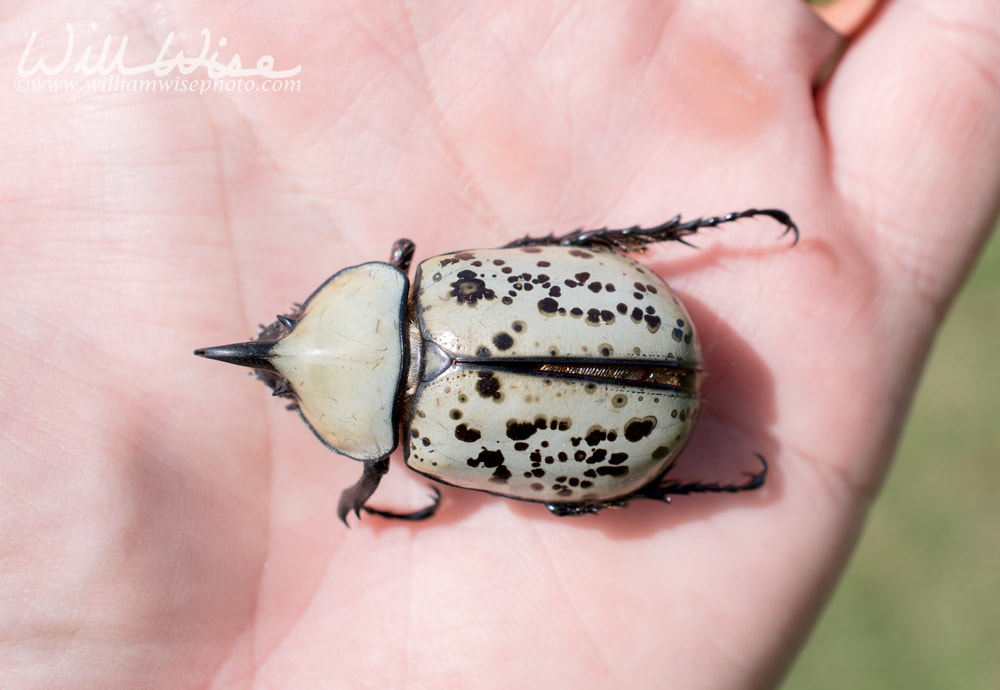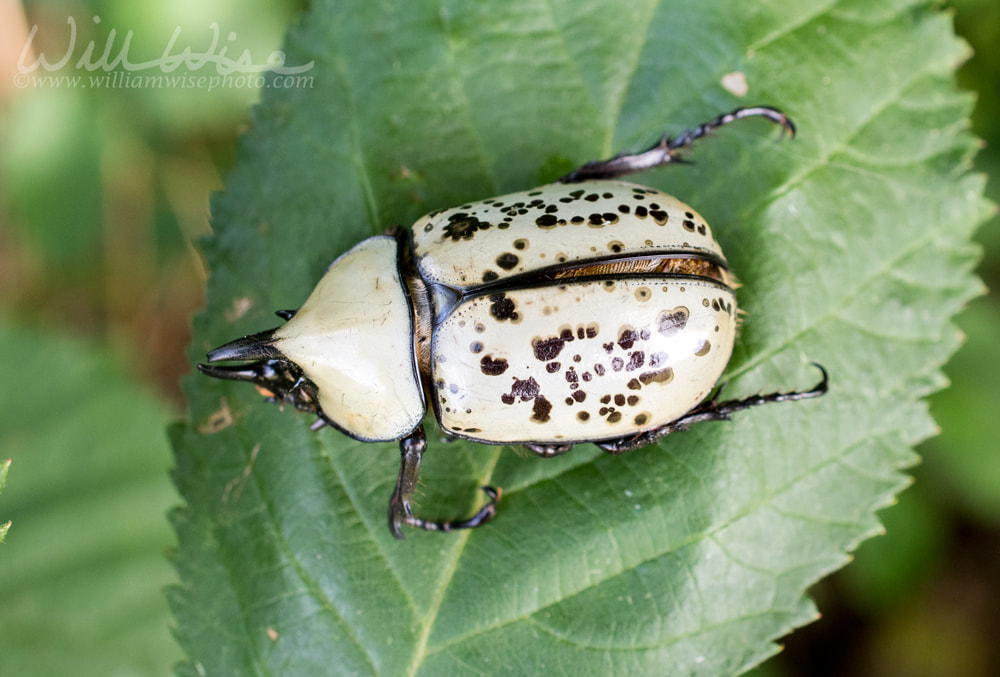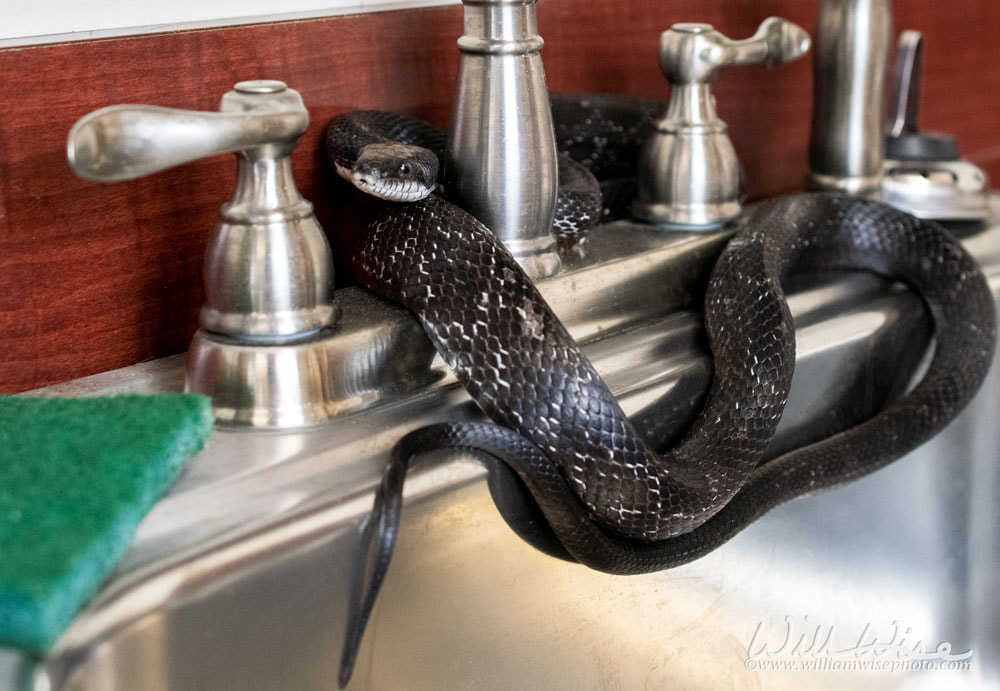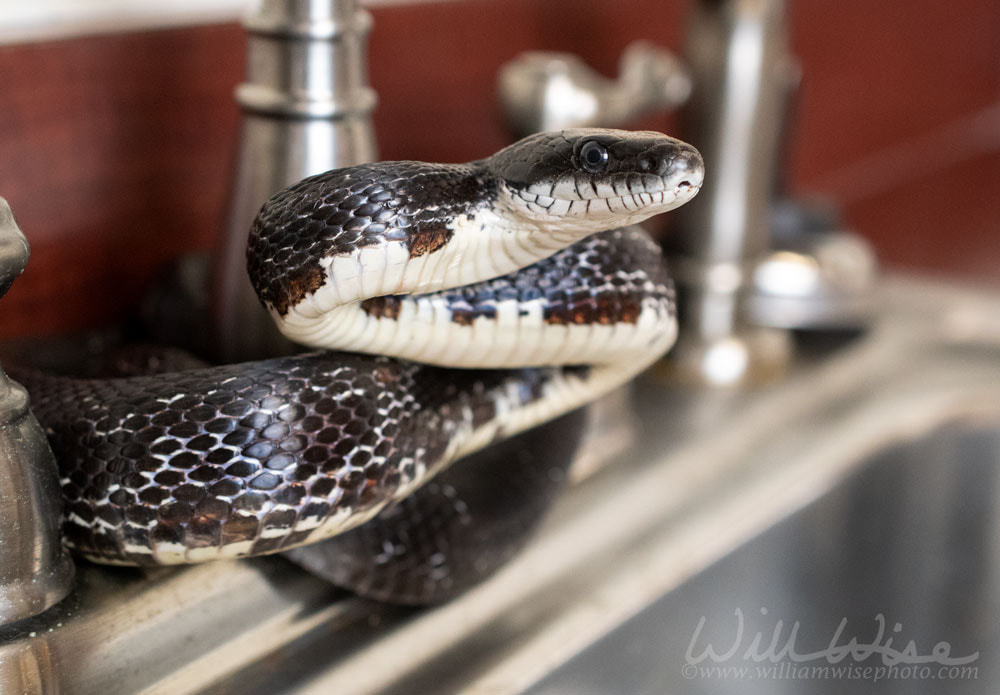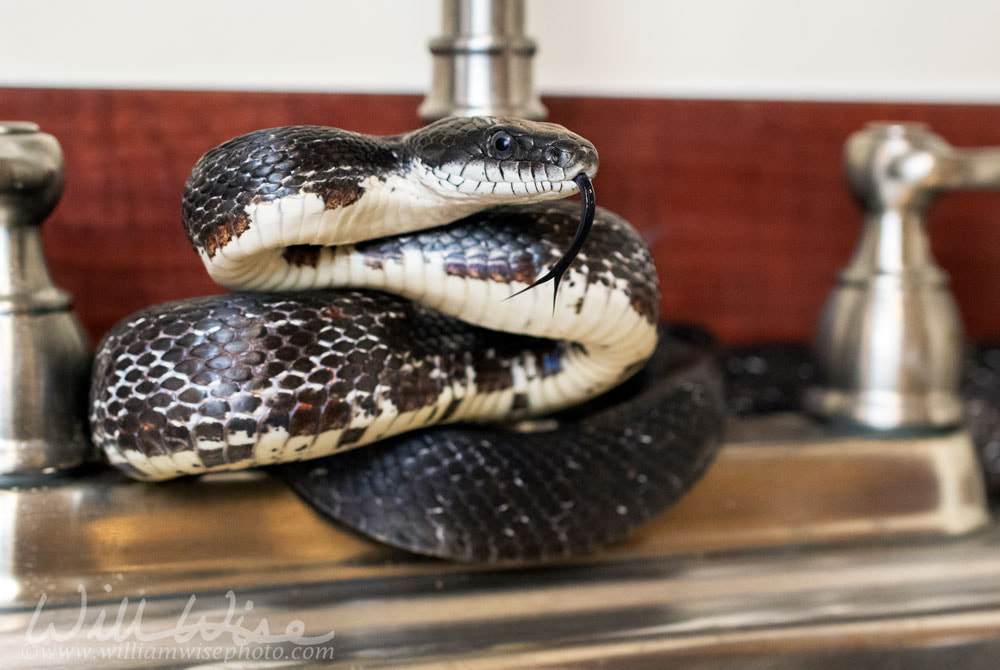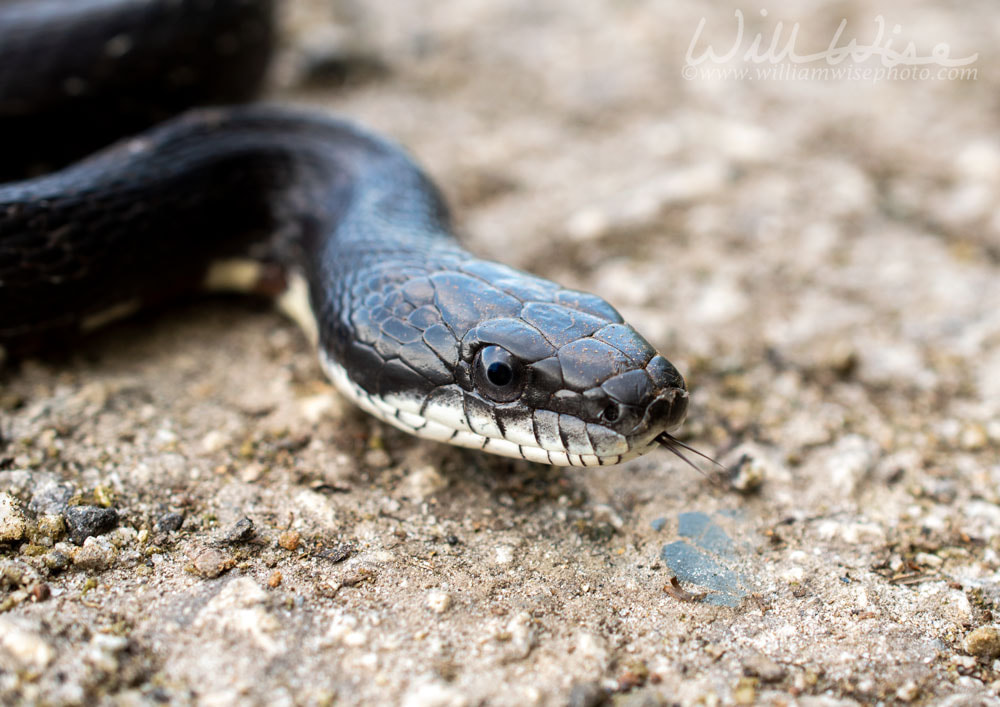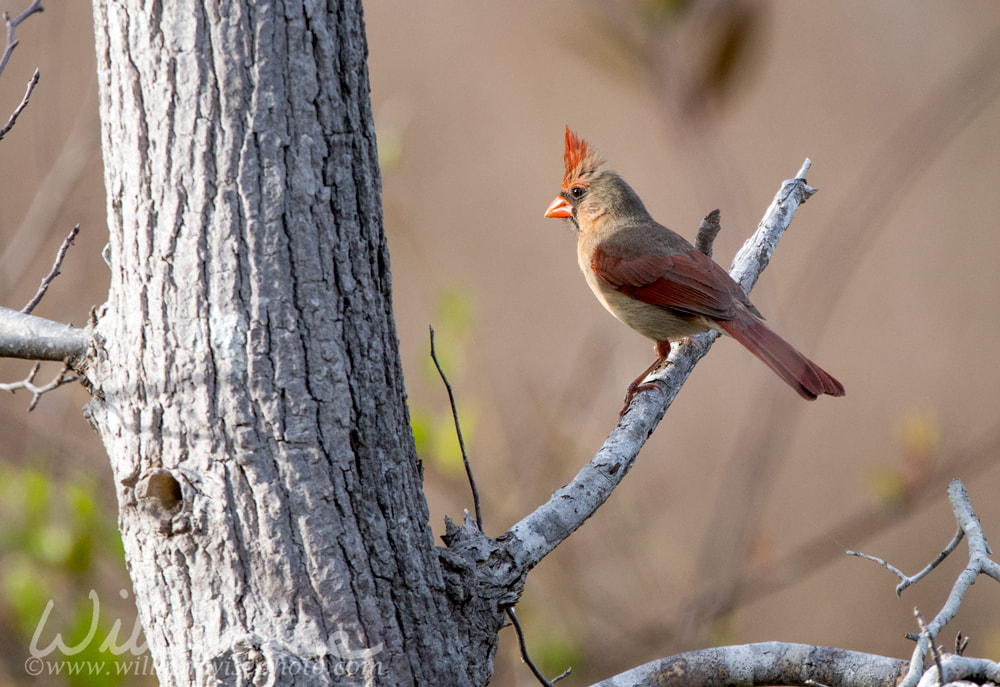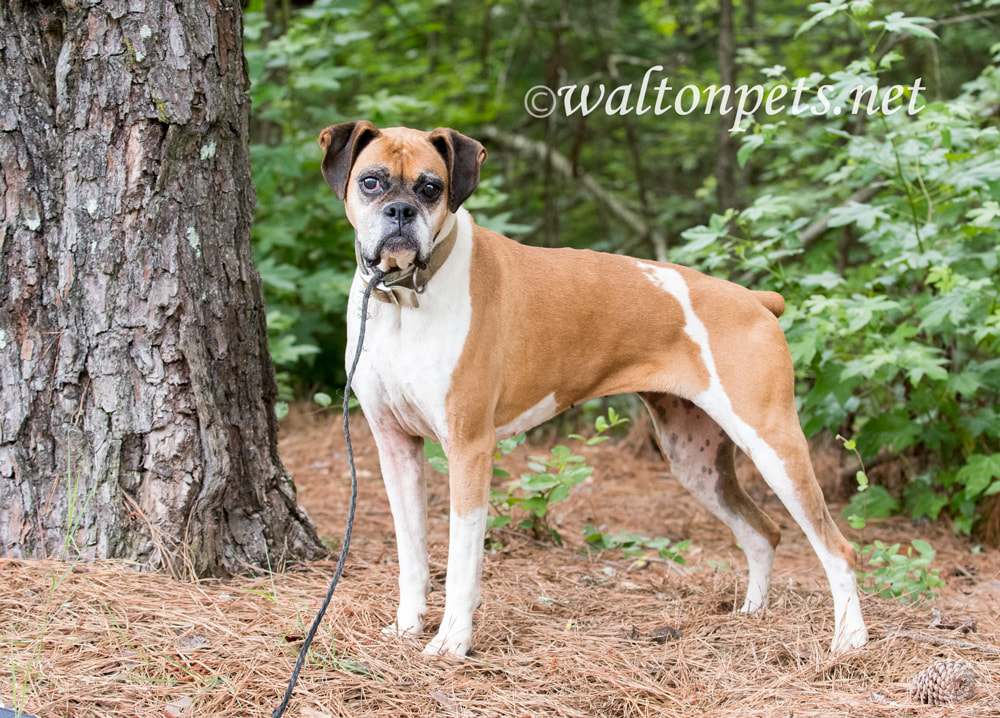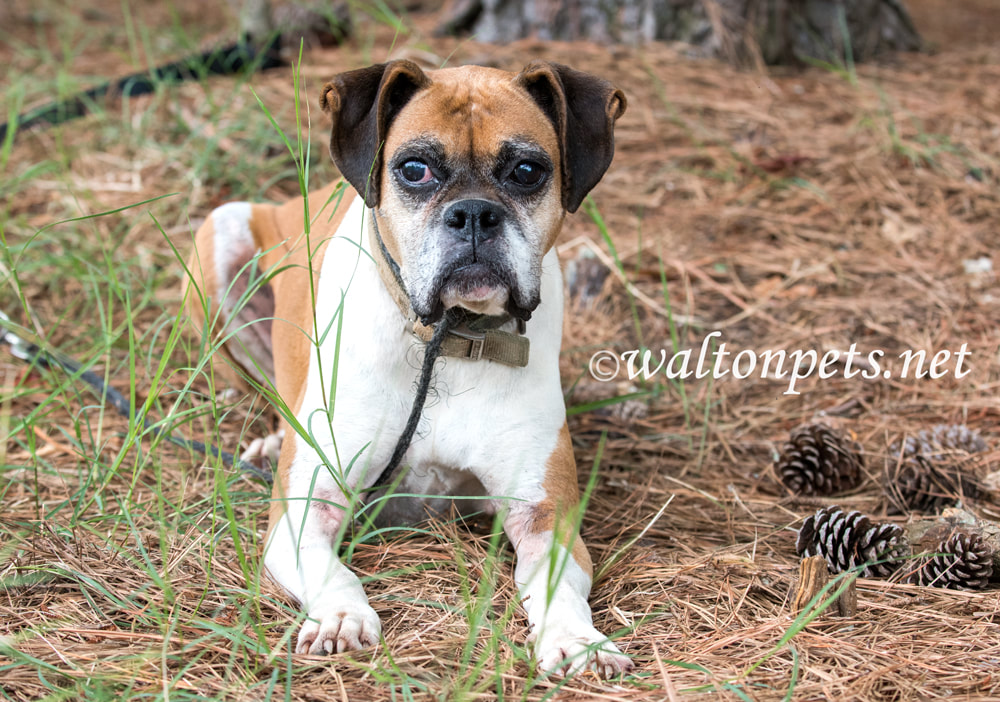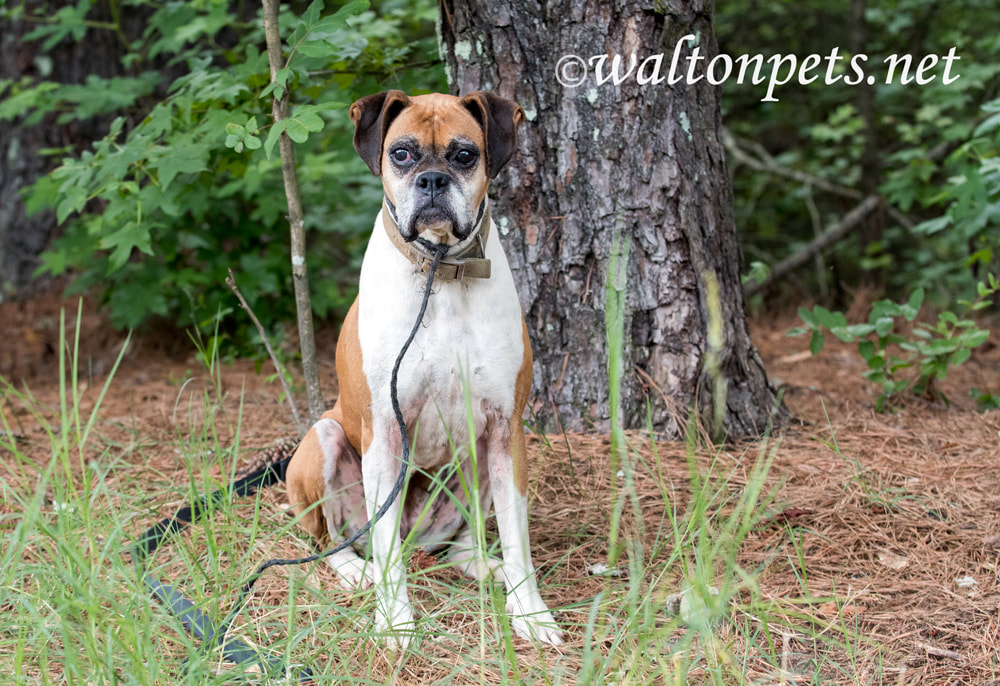I want to thank Lee's Birdwatching Adventures for guest posting this blog! Lee's website is about birding from a Christian perspective and has years of articles and content from Lee and other creationists and birders.  Creation Speaks is a Biblical teaching ministry that uses nature writing and photography to glorify our Creator and teach the truth of creation. “But ask the animals, and they will teach you, or the birds in the sky, and they will tell you; or speak to the earth, and it will teach you, or let the fish in the sea inform you. Which of all these does not know that the hand of the Lord has done this?" Job 12:7-9 As creationists, the pressure from the “scientific community” might make us feel ashamed of our beliefs. But instead of running and hiding, let us hear what Creation Speaks: “In the Lord put I my trust: how say ye to my soul, Flee as a bird to your mountain?” Psalms 11:1 Have you been frustrated in your attempts to photograph a reclusive bird? Have you chased a “nemesis bird” only to come up empty handed every time? Birders and photographers know all too well the wariness of some species. This caution is something that has been programed in them by their Creator. After the Fall, no doubt the cruelty of man toward beast began to rise. And after the Flood, God allowed animals to be food for man. But in His grace toward His animal creation, God put a flight instinct within animals to keep them from being exterminated. Genesis 9:2 says, “And the fear of you and the dread of you shall be upon every beast of the earth, and upon every bird of the air.” So fear of man is a God-given instinct within animals, but let it not be so with the Christian, especially when it comes to making a stand for the Word of God. I am sometimes criticized and mocked on other nature-related platforms for my belief in a young earth and literal, six-day creation. The instinct to “flee as a bird” might rise up within me when challenged by the “scientific community,” but I take an example – and courage – from a few bold birds that don’t flee because of the fear of man. It seems when all other critters keep themselves hidden, the Mockingbirds are ever visible. Although though the “dread of man” may affect their feathered friends, they are always bold and out front, letting their voices be heard. So when the fear of man comes upon me; when I want to hide my creationist views, or flee from an evolutionist’s mockery, I remember those intrepid avians and make my stand. Why should I flee like a bird to the mountains? My trust is in the Lord! “O Timothy, keep that which is committed to thy trust, avoiding profane and vain babblings, and oppositions of science falsely so called:” 1 Timothy 6:20
0 Comments
 William Wise Photo Nature Notes is a wildlife, birding and nature photography blog documenting the beauty, design and wonder of God’s creation. -- "What a wildly wonderful world, God! You made it all, with Wisdom at Your side, made earth overflow with your wonderful creations." Psalms 104 The Message These are some random observations for iNaturalist taken with my cell phone when my "real camera" wasn't handy.
I want to thank Lee's Birdwatching Adventures for guest posting this blog! Lee's website is about birding from a Christian perspective and has years of articles and content from Lee and other creationists and birders.  Creation Speaks is a Biblical teaching ministry that uses nature writing and photography to glorify our Creator and teach the truth of creation. “But ask the animals, and they will teach you, or the birds in the sky, and they will tell you; or speak to the earth, and it will teach you, or let the fish in the sea inform you. Which of all these does not know that the hand of the Lord has done this?" Job 12:7-9 What a gift the Creator has given us! The world and all its psychologists wring their hands looking for relief from distress and anxiety. They drown their fears in medications. But the child of God need not do so. For a simple walk out the door to behold the “Wild Glory” of the Lord brings comfort and peace. “They looked toward the wilderness, and, behold, the glory of the LORD appeared.” Exodus 16:10 In his autobiography, W. Phillip Keller, author of the popular A Shepherd Looks at Psalms 23, describes a troublesome period in his youth when he is separated from his family, his home, and even his God. Yet it was brief escapes into the wild that renewed his faith. He writes, “In the outdoor world my heavenly Father had supplied a sweet solace for a struggling soul like mine. There was healing for my inner hurts in the quietness of the woods and fields. There was a consolation for my spirit in the wild glory of grass and birds.” When the phone rings off the hook and workplace stress builds, I too need some “wild glory.” And thankfully, the Creator sends it! Each year in late July, a Great Egret returns to the pond behind my office in Georgia. And right on schedule, I saw him out there fishing this week. Standing still and erect, his head cocked to peer into the shimmering water under his long legs, he slowly coils his long neck to finally unleash a quick thrust for a small minnow or larger bream. His appearance isn’t just on schedule with the calendar, but on schedule with my need for some calming from this hectic life.
What soothing; what peace; what intimacy with the Savior can be achieved just by beholding the creation of God! The psychologists can keep their prescriptions. I’ll dose myself with Wild Glory! 
William Wise Photo Nature Notes is a wildlife, birding and nature photography blog documenting the beauty, design and wonder of God’s creation. -- "What a wildly wonderful world, God! You made it all, with Wisdom at Your side, made earth overflow with your wonderful creations." Psalms 104 The Message
A frantic friend called me with a “giant rattlesnake” in his yard. Knowing it probably wasn’t a rattlesnake, I kept making excuses to not drive out to his Oglethorpe County home. But he kept insisting, “it will be worth your while.”
On arrival it was, of course, gone from the spot where he first spotted it. After about 5 minutes of flipping logs, my friend saw it over in a nearby brush pile. I love the yells of excitement and fear heard on the video as I pulled this big Eastern Ratsnake out from the debris and onto the open ground! I measured it right at six-feet; probably one of the biggest I’ve caught. It had a squirrel-sized lump in its belly. My friend counted all his chickens and none were missing.  Rescue Furtography Blog is an animal shelter pet photography blog of dogs and cats photography for adoption at the animal control shelter. "Molly" was a precious soul that came into the animal shelter as a stray on July 8, 2020. She was a calm, sweet senior. Although she was very thin and tested heartworm positive, Zen Animal Rescue found room in their heart and home to take her in. She was rescued from the shelter on July 16, 2020! She was sponsored by a pledged donation to the rescue from Anne. A short time later I received an update from Zen Animal Rescue:
 Rescue Furtography Blog is an animal shelter pet photography blog of dogs and cats photography for adoption at the animal control shelter. "Sky" was picked up stray by an animal control officer on July 2, 2020. This poor girl's coat and skin was full of mange, but her heart was full of love! Thankfully she was afforded some extra time in the shelter because intake was slower than normal. She was rescued by The DAWG Squad on July 16, 2020. Her rescued was sponsored by a donation from Anne.  Rescue Furtography Blog is an animal shelter pet photography blog of dogs and cats photography for adoption at the animal control shelter. "Tucker" was a cute Beagle picked up by an animal control officer on July 1, 2020. No owner came to claim him and he was rescued by Tampa Bay Beagle Rescue on July 9, 2020.  Rescue Furtography Blog is an animal shelter pet photography blog of dogs and cats photography for adoption at the animal control shelter. "Whitney" was a cute stray kitten that came into the animal shelter on July 8,2020. She was rescued by Altered Feral State the following day!
I want to thank Lee's Birdwatching Adventures for guest posting this blog! Lee's website is about birding from a Christian perspective and has years of articles and content from Lee and other creationists and birders.  William Wise's Creation Speaks is a Biblical teaching ministry that uses nature writing and photography to glorify our Creator and teach the truth of creation. -- “But ask the animals, and they will teach you, or the birds in the sky, and they will tell you; or speak to the earth, and it will teach you, or let the fish in the sea inform you. Which of all these does not know that the hand of the Lord has done this?" Job 12:7-9 Matthew 10:16 “Behold, I send you forth as sheep in the midst of wolves: be ye therefore wise as serpents, and harmless as doves.” Jesus threw an interesting paradox before us when he preached, “Be wise as serpents, and harmless as doves.” The outcome of combining these two critters can be quite perilous… primarily for the dove! Snakes are often found raiding birds’ nests, seeking to devour eggs and chicks. So why this conflicting counsel from our Lord? A.B. Bruce writes, “The serpent is the emblem of cunning, the dove of simplicity. No creatures can be more unlike; yet Jesus requires of His disciples to be at once serpents in cautiousness, and doves in simplicity of aim and purity of heart. These qualities are not easy to combine; yet the combination is not impossible.” Christians must have serpent-like wisdom and shrewdness in order to make a stand for righteousness in the arena of worldly politics and social unrest; yet have dove-like care and compassion to peacefully present the gospel and welcome the sin-suffering into the flock of God. The apostle Paul was wise-as-a-serpent when utilizing his status as a Roman citizen to escape being mauled by a crowd and unlawfully flogged by the local police. Yet, his dove nature remained on top as he stood for Christ while on trial, even though it may not have been advantageous to his personal outcome. And it may have been a prudent idea for Peter to distance himself from a leader that was arrested for insurrection, but the serpent devoured the dove as he publicly declared thrice, “I know not the man.” I was a bit saddened this past week to watch events unfold in our small town. Citizens from our city, as well as agitators from out-of-town, gathered to condemn our public safety officers and demand the defunding of the police department. But that is not what saddened me, for peaceful protests are the American way. Another group of citizens – many from the local churches – also gathered to show support for our people in uniform. Here was the perfect Christian balance: the “dove nature” desired peace and unity in our community; and the “wise-as-serpents nature” was making a stand for righteousness in the political arena. But as passions rose, the serpent began to swallow the dove… One gentleman who identified himself as local Christian minister, had his microphone snatched away by a protester. In frustration, the minister shoved the protester to the ground. Of course, the media was there to photograph the incident and title it, “Preacher Assaults Protester.” Sadly, the serpent had swallowed the dove when the Christian man lost his temper. A.B. Bruce continues, “Happy are they who can be both serpent and dove; but if we cannot, let us at least be doves. The dove must come before the serpent in our esteem, and in the development of our character. If we invert the order, the dove will be devoured by the serpent: the cause of truth and righteousness will be betrayed out of a base regard to self-preservation and worldly advantage.”
The recent social and political issues are causing a rise among many. Passions are brewing and blood is even boiling. Yet as Christians, we must remember to balance our serpent-like shrewdness while engaged in this arena, with our dove-like nature to win the lost to Christ. For what does it profit if we win the worldly battles, but lose many souls? If we can’t balance the serpent/dove natures, let us at least be doves.  William Wise Photo Nature Notes is a wildlife, birding and nature photography blog documenting the beauty, design and wonder of God’s creation. -- "What a wildly wonderful world, God! You made it all, with Wisdom at Your side, made earth overflow with your wonderful creations." Psalms 104 The Message His thick green shell scarred with the signs of a brutal conflict, the giant beetle lay dead. Who knows how long he fought before being vanquished by the rival that disappeared into the night with the mate that the conquered had hoped to win. I couldn’t help but notice this massive beetle on the sidewalk outside the back door of my office. I posed him for a few photographs and uploaded him onto iNaturalist to discover the identity of my find: an Eastern Hercules Beetle. With its large pronotal and clypeal horns, Dynastes tityus is fittingly classified into the “rhinoceros beetle” family. Both its common name and scientific name steeped in mythology. No doubt a reference to the beetle’s size, Tityus was a Greek giant that was so large he split his mother’s womb. And Hercules is, of course, known to most of us as the Greek strongman who fought many battles, or labours. In similar feats of strength, there are many short videos on the internet of Hercules Beetles battling it out with each other. Interestingly, the following morning I found another dead one about ten feet from where I found the first. Since they are reported to be active primarily in the pre-dawn hours, my imagination conjures scenes of battle campaigns between these horned brutes while the rest of us sleep. The only evidence of their nocturnal warfare is the carnage of vanquished foes that lie dead from exhaustion on our sidewalks.
 William Wise Photo Nature Notes is a wildlife, birding and nature photography blog documenting the beauty, design and wonder of God’s creation. -- "What a wildly wonderful world, God! You made it all, with Wisdom at Your side, made earth overflow with your wonderful creations." Psalms 104 The Message What do you do when you reach toward your kitchen sink and realize it isn’t the spayer nozzle hose coiled up around the knobs? Well, after your finished screaming in panic, you call animal control! This lovely Ratsnake made its way into credit union office in Walton County, Georgia. After a few photos, it was removed and released in a less populated area. Although I haven’t run the statistics, Ratsnakes are at least 80% of the calls we receive to remove snakes from homes. So if you find one coiled up and ready to strike inside your own home, remember, other than giving you a heart attack, ratsnakes are harmless to humans. Instead of chopping it up, call your local animal control or nuisance wildlife remover first. I want to thank Lee's Birdwatching Adventures for guest posting this blog! Lee's website is about birding from a Christian perspective and has years of articles and content from Lee and other creationists and birders.  William Wise's Creation Speaks is a Biblical teaching ministry that uses nature writing and photography to glorify our Creator and teach the truth of creation. -- “But ask the animals, and they will teach you, or the birds in the sky, and they will tell you; or speak to the earth, and it will teach you, or let the fish in the sea inform you. Which of all these does not know that the hand of the Lord has done this?" Job 12:7-9 Psalm 51:12 Restore unto me the joy of thy salvation “What kind of a bird is that?” a friend at church asked excitedly while pointing toward a nearby tree. It was just a typical female Northern Cardinal, yet I experienced a spark of joy as I provided the answer! Not because a cardinal is an overly exciting bird, but simply because someone asked me about a bird! Over time, things can become stale. When migration ends and we’re left with the usual summertime residents, birding can become boring. As our bird lists get longer, lifers are harder to come by and our joy wanes. In much the same way, our Christianity can also become lukewarm over time. The joy fades with the same Bible reading plan year after year; the same pastor standing in the pulpit Sunday after Sunday; the same few members doing all the work. Church activities become just another check box on the daily to-do list. Is that you? In the book Good Birders Still Don’t Wear White, bird guide Carlos A. Bethancourt gives us a clue how to break that boredom and restore joy: “When I see the joy and delight on the faces of the birders – some first-timers to the neotropics – I often think back to my first sighting of that species, and it’s nearly as exhilarating for me as if it were my lifer as well. My excitement is in the sharing.” The Lord Jesus commissioned us to “Go into all the world and preach the gospel.” This command wasn’t solely for the growth of the church, but for our own sakes! Jesus knows the exciting rejuvenation and joy that we’d experience in sharing the gospel. There is nothing better than stepping out in faith and sharing your testimony with a stranger to exhilarate your Christian walk. Has your Christianity become lukewarm, stale, or boring? The joy is in the sharing! Luke 15:10 Likewise, I say unto you, there is joy in the presence of the angels of God over one sinner that repenteth. 
Rescue Furtography Blog is an animal shelter pet photography blog of dogs and cats photography for adoption at the animal control shelter.
"Grace" was a sweet senior Boxer dog that was picked up stray by an animal control officer on June 17, 2020. No owner came to look for her and she was rescued by Atlanta Boxer Rescue on June 24, 2020. Jason and Anne made generous donation pledges to the rescue for saving her. A few days later we got a nice note from the rescue.
Hi Bill. Thanks for being patient with us on pulling Grace. Her foster reports she is a sweet girl and she settled in right away. I just wanted to let you know she has changed her name to Goose and her freedom ride was posted with that name. We appreciate all you do to help the animals in your care get into homes and rescues. Thanks. Rebecca 
Rescue Furtography Blog is an animal shelter pet photography blog of dogs and cats photography for adoption at the animal control shelter.
"Irene" was another sweet senior dog that came into the animal shelter this week. She had a nice red-ticked coat, long floppy years, and a stellar, single blue eye. She was picked up stray by an animal control officer on June 18, 2020. When no owner came looking for her, she was rescued by Second Chance Habitat on June 23, 2020. She was heartworm positive, but generous pledges from Becky, Nancy, Heidi, Adela, Cindy, Dana, Alice, Jason and Anne helped the rescue cover those costs. Thanks all!

Rescue Furtography Blog is an animal shelter pet photography blog of dogs and cats photography for adoption at the animal control shelter.
"Maggie Mae" was brought into the shelter on June 18, 2020. I would never have known it based on her sweet personality in the shelter, but the callers and responding animal control officer said she was being quite the pistol out on the streets. But it turns out she was probably defending her puppies which were somewhere in the neighborhood.
Later, when an officer went back to look for her puppies again, her owner came out and surrendered her to the officer. Thankfully, with the efforts of some citizens and police, Maggie was reunited with her puppies which were found in a crawl space under a nearby house. All went safely to Pup and Cat Co Rescue on June 22, 2020 and were sponsored by pledges to the rescue from Adela, Nancy, Jason, Becky and Anne. |
Categories
All
Archives
September 2025
|
|
All content is ©williamwisephoto.com. Please don't steal images. My images are available at dreamstime.com. Stock sales go into the shelter photography program.
|
In December 1993 I came to know the Designer and Creator of this wonderful planet and its creatures: Jesus Christ.
|
Donations help support the animal shelter adoption photography equipment and adoption website hosting and domain fees. Thanks for your support!
|
